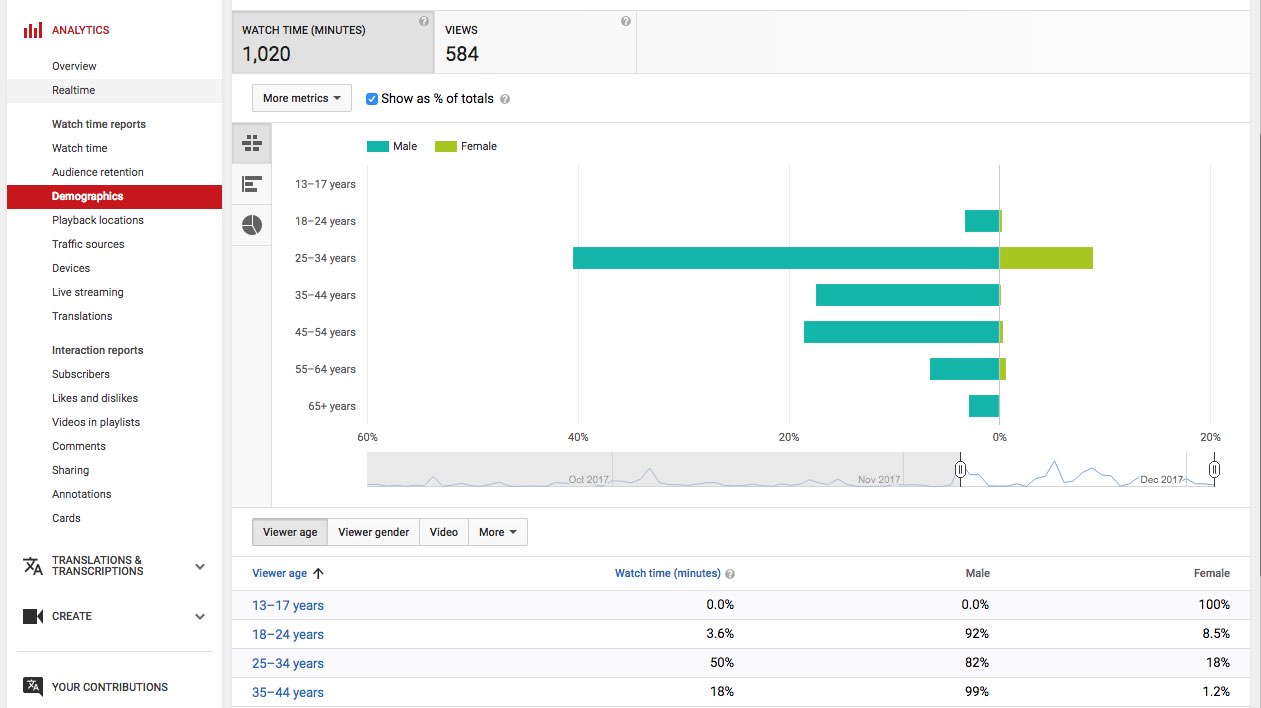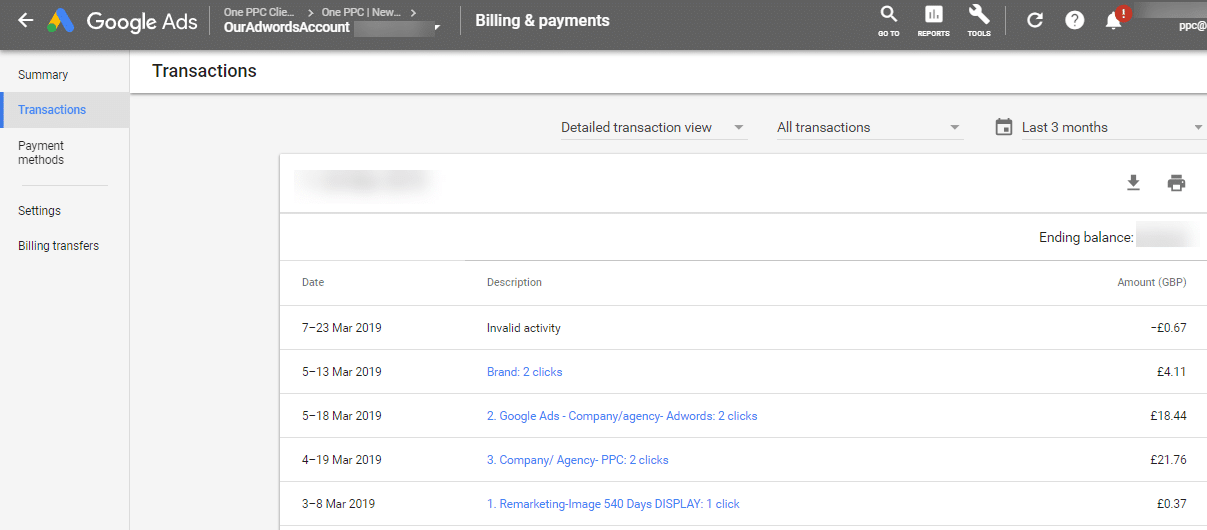
- #EVERWEB MENU THAT SHOWS BREAKDOWN IN GOOGLE SEARCH SERIAL NUMBER#
- #EVERWEB MENU THAT SHOWS BREAKDOWN IN GOOGLE SEARCH FULL#
- #EVERWEB MENU THAT SHOWS BREAKDOWN IN GOOGLE SEARCH CODE#
- #EVERWEB MENU THAT SHOWS BREAKDOWN IN GOOGLE SEARCH SERIES#
#EVERWEB MENU THAT SHOWS BREAKDOWN IN GOOGLE SEARCH SERIAL NUMBER#
The EPC contains not only the numeric IDs of the manufacturer and product type (also known as stock-keeping unit or SKU) but also a serial number for each item or instance of a particular product type.
#EVERWEB MENU THAT SHOWS BREAKDOWN IN GOOGLE SEARCH CODE#
The key to the Auto-ID architecture is the Electronic Product Code (EPC) which extends the granularity of identity data far beyond that which is currently achieved by most bar code systems in use today. Finally, we introduce the idea of a registry to coordinate the fragmented PML Services on a supply chain in order to perform tracking and tracing more efficiently and facilitate a complex query, which requires iterative access to multiple PML Services in order to complete it. The penultimate section analyses complex queries such as product recalls and how these should be handled by the client as a sequence of simpler sub-queries directed at various PML services across the supply chain. We then discuss how a PML Service may use data binding tools to interface with existing business information systems to access other properties about an object besides the history of RFID read events which were generated by the Auto-ID infrastructure.
#EVERWEB MENU THAT SHOWS BREAKDOWN IN GOOGLE SEARCH FULL#
Instance-level properties such as expiry date and tracking history are potentially unique for each instance or item and are logically accessed using the full serialised EPC as the lookup key.

Product-class properties such as mass, dimensions, handling instructions apply to all instances of the product class and therefore need only be stored once per product class, using a product-level EPC class as the lookup key. In our data model we distinguish between data properties at product-class level and at instance-level. We begin with a brief review of the Auto-ID infrastructure, then consider the different types of essential data which could be stored about a tagged physical object or which relate to it. "This paper extends our previous white paper on our PML Server prototype work. Auto-ID Centre, Institute for Manufacturing, University of Cambridge, UK. "PML Server Developments." By Mark Harrison, Humberto Moran, James Brusey, and Duncan McFarlane. AutoID, announced in May, plans to pick up where MIT's Auto-ID Center leaves off, assigning codes, ironing out technical standards, managing intellectual property rights, publishing specifications, and providing user support and training." See: (1) following bibliographic entry on PML servers (2) Inaugural EPC Executive Symposium, September 15 - 17, 2003 (3) "Physical Markup Language (PML) for Radio Frequency Identification (RFID)." Working on the standards problem is AutoID, a new arm of the Uniform Code Council, the nonprofit that administers the bar code, or Universal Product Code. No more guessing how much material is in the supply chain - or how much product is on the store shelves.' Another feature of the EPC is its 96-bit format, which some say is large enough to generate a unique code for every grain of rice on the planet. 'Put tags on every can of Coke and every car axle, and suddenly the world changes,' boasts the Web site of the Auto-ID Center, the research group at MIT leading the charge on the project. Retailers and consumer-goods companies think a one-of-a-kind product code could help them to reduce theft and counterfeit goods and to juggle inventory more effectively. Under EPC, every can of Coke would have a one-of-a-kind identifier. So, all cans of Diet Coke have the same bar code more or less. By contrast, bar codes only identify groups of products. First, the EPC is designed to provide a unique serial number for every item in the system. There are several key differences between an EPC and a bar code. EPC stands for electronic product code, which is the new product numbering scheme that's at the heart of the system. An official from the Pentagon is scheduled to speak, along with executives from Gillette, Johnson & Johnson, Procter & Gamble and United Parcel Service. Penney, Kraft Foods, Nestle, PepsiCo and Sara Lee, among others. The attendee list for the conference reads like a who's who of the Fortune 500: Colgate-Palmolive, General Mills, GlaxoSmithKline, Heinz, J.C. government officials intend to discuss their plans for the EPC Network and invite others to join the conversation.

At that event, MIT researchers, executives from some of the largest global companies, and U.S. The so-called EPC Network, which has been under development at the Massachusetts Institute of Technology for nearly five years, will make its debut in Chicago on Sept.
#EVERWEB MENU THAT SHOWS BREAKDOWN IN GOOGLE SEARCH SERIES#
"A group of academics and business executives is planning to introduce next month a next-generation bar code system, which could someday replace with a microchip the series of black vertical lines found on most merchandise.

"MIT to Uncork Futuristic Bar Code." By Alorie Gilbert.


 0 kommentar(er)
0 kommentar(er)
